By Julie Vrazel
T-shirts aren’t one-size-fits-all, so why should Texas agriculture be that way?
The Lone Star State is uniquely different from the other 49 states in countless ways. Our state is growing exponentially as families relocate here, and oftentimes, we experience all four seasons in one day.
Just as the people and weather are vastly different, so is Texas agriculture. It’s far from black and white, wrong or right. There are many shades of gray in between, encompassing the farmers and ranchers and the commodities they grow.
From forestry to fish and fruit to fiber, Texas farmers and ranchers can grow just about anything.
The Texas Panhandle is known for cotton and fed cattle, taking advantage of the arid climate to grow these two major commodities.
Citrus fruit rules on the southern end of Texas as a top crop in the Rio Grande Valley.
In Central Texas, an abundance of pastureland provides natural sustainability for beef cattle, while the fertile river bottoms grow grains of all kinds.
Known for its densely wooded terrain, East Texas offers landowners the opportunity to harvest timber, raise poultry and even graze cattle.
The more rugged landscape in West Texas is better suited for sheep and goats. Those four-legged animals nearly outnumber the human population in the far west region of the state.
And each farmer has different preferences—conventional, genetically modified organisms (GMOs), organic, grass-fed beef and more. Farmers and ranchers choose the system that works best for them and their operation.
Those choices allow Texas farmers and ranchers to thrive and grow the diverse products available in your grocery stores.
While agriculture is vastly different across the Lone Star State, all farmers and ranchers have one thing in common. They are good stewards of the land, because without the land, their livelihood doesn’t exist.
Texas agriculture isn’t black and white, one-size-fits-all. Rather, it’s several shades of gray in between.


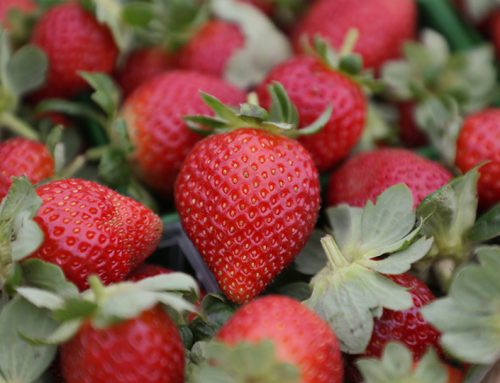
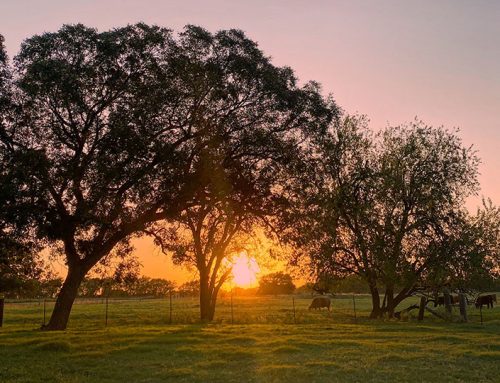
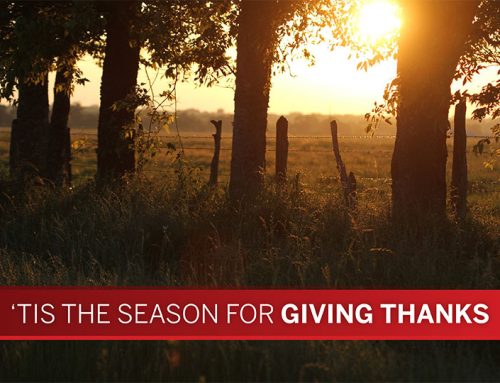
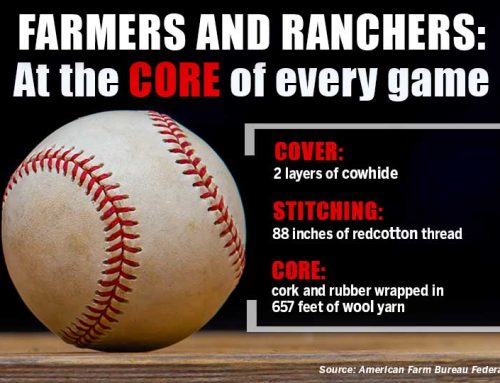
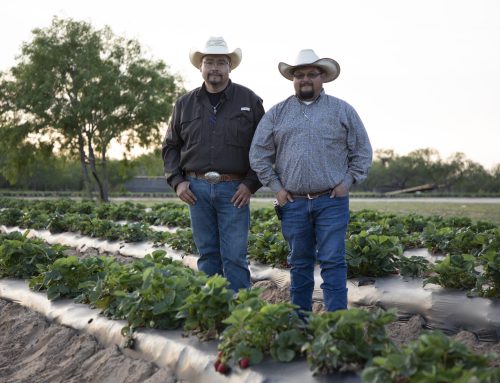
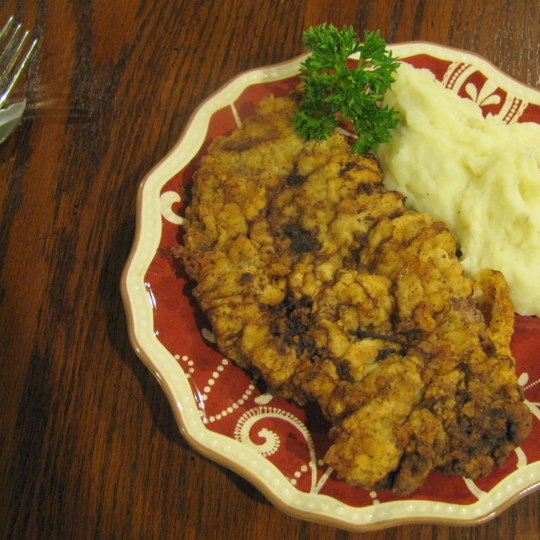



Leave A Comment